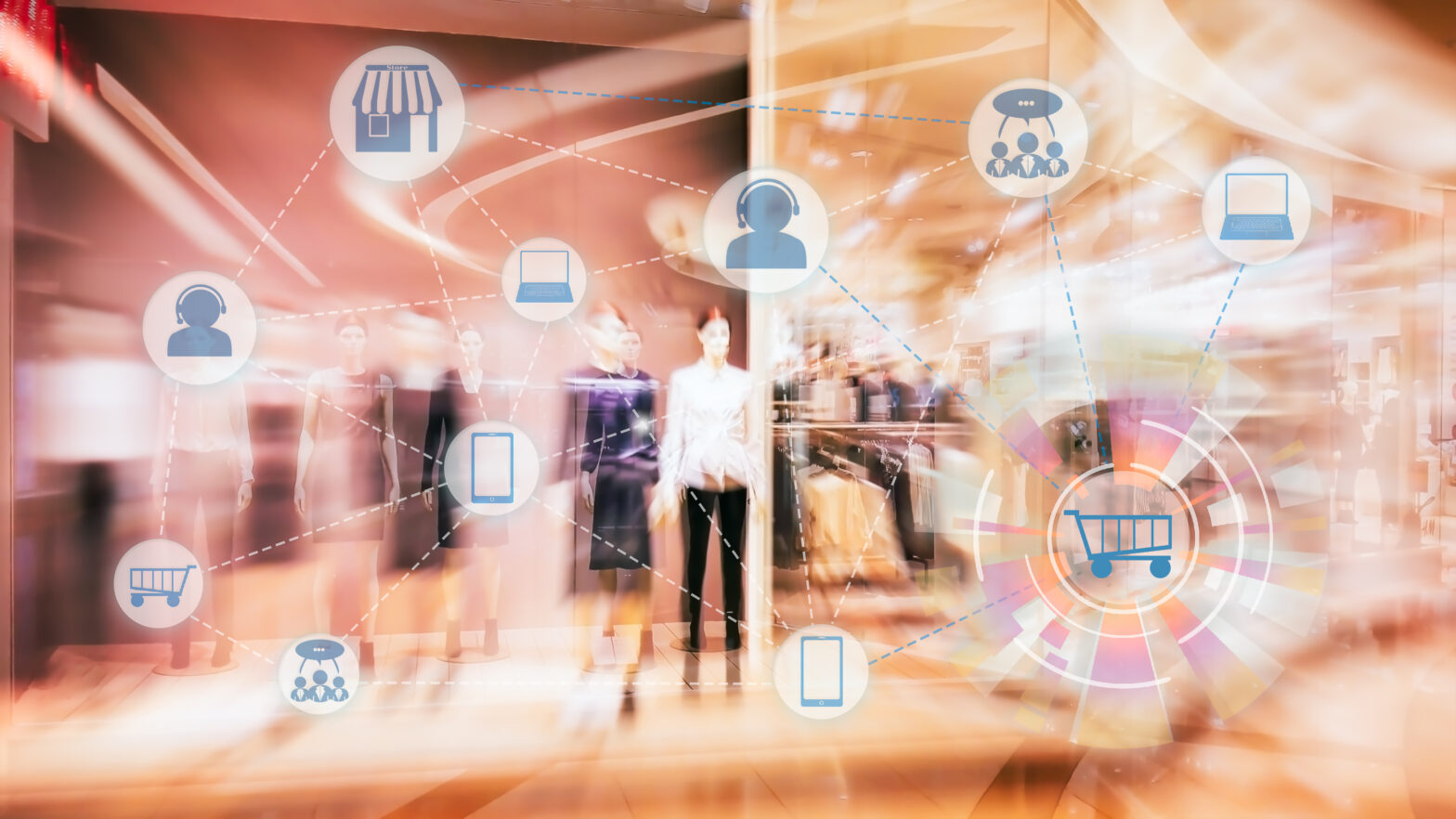Within the past decade, retailers have shifted their focus from physical stores to an “online only” strategy. This is in part due to rising costs of owning and operating physical stores, the higher profit margins for online retailers and also the technological advances that have led to consumers being able to purchase goods from any device. However, this move to drive forward online shopping has had a detrimental impact on high street stores as the WallStreet Journal commented in April 2017 that “American retailers are closing stores at a record pace this year as they feel the fallout from decades of overbuilding and the rise of online shopping.”
It could be argued that the reason online retailers have flourished so much over the years is that they have been able to cater to increasingly demanding consumers who enjoy the convenience of online shopping but want their products quicker than ever before while carrying much lower overhead. Online retail has been able to keep up with these needs through the use of services such as next-day delivery and depot pick up but high street stores have struggled to keep up with these trends, leading to closures of stores and some brands going bust.
Nevertheless, despite seeing more and more retailers close their doors, some high street shops are fighting back and seeing the benefits of implementing the latest technology solutions as part of their ongoing strategies. According to a report by World Pay into the Role of Omni-Channel Payments in Driving Business Growth, omnichannel shoppers spend between 50-300 per cent more than consumers who use just one channel to do their shopping. This is because they have the flexibility to start shopping on one device, move to another and have every option of delivery or pickup available to them. Ultimately, retailers are rewarded for utilising technology and providing customers with a seamless omnichannel experience.
Large retailers such as Tesco have started to see a significant boost in sales since catching onto this and are now working towards providing consumers with continuity when doing their shopping. Not only this but these retailers are having to continually meet the demands of the ever-growing appeal of a fast transaction process. Consumers have started to expect the ability to choose when and how they get their products, whether it be through 24-hour delivery or a click and collect option.
The implementation of the omnichannel gives retailers the opportunity to generate footfall into their brick and mortar stores, that may have previously been declining due to the online push of recent years. Most, if not all, retailers understand that omnichannel is fundamentally about delivering items to consumers across whichever channels the customer prefers, resulting in retailers building a deeper level of loyalty with consumers as they can provide a more rounded service.
Retailers have come to the understanding that implementing an effective omnichannel relies on having up-to-date and accurate inventory information throughout the supply chain. If an organisation is not aware of where they are having issues, whether it be with managing their inventory or maintaining their inventory accuracy. The new era of retailing depends on this understanding in order to not disappoint customers.
Item-level RFID is an example of a new technology that is being utilised by retailers in order to achieve these dramatically improved inventory accuracies needed for omnichannel fulfilment. RFID provides retailers with the ability to collect accurate inventory data, this can be used to influence decisions made in the supply chain and ultimately help meet customers demands and use their stores as mini-warehouses to fulfil online orders. The technology also allows retailers to better understand the customer’s behaviour, thus providing them with the means to operate a more seamless omnichannel experience, benefitting consumers and the retailer alike.
As technologies such as RFID continue to further establish themselves within retail, it will become easier for retailers to perfect their omnichannel strategy and we will continue to see the need for physical brick and mortar stores. However, the success of these stores is down to their willingness to innovate and embrace new technologies that will ultimately allow them to accommodate the needs of their customers’ busy lifestyles. After all, the customer is always right.
Dean Frew is the CTO and SVP of RFID solutions at SML Group.
See also: Five key technology trends businesses must embrace






